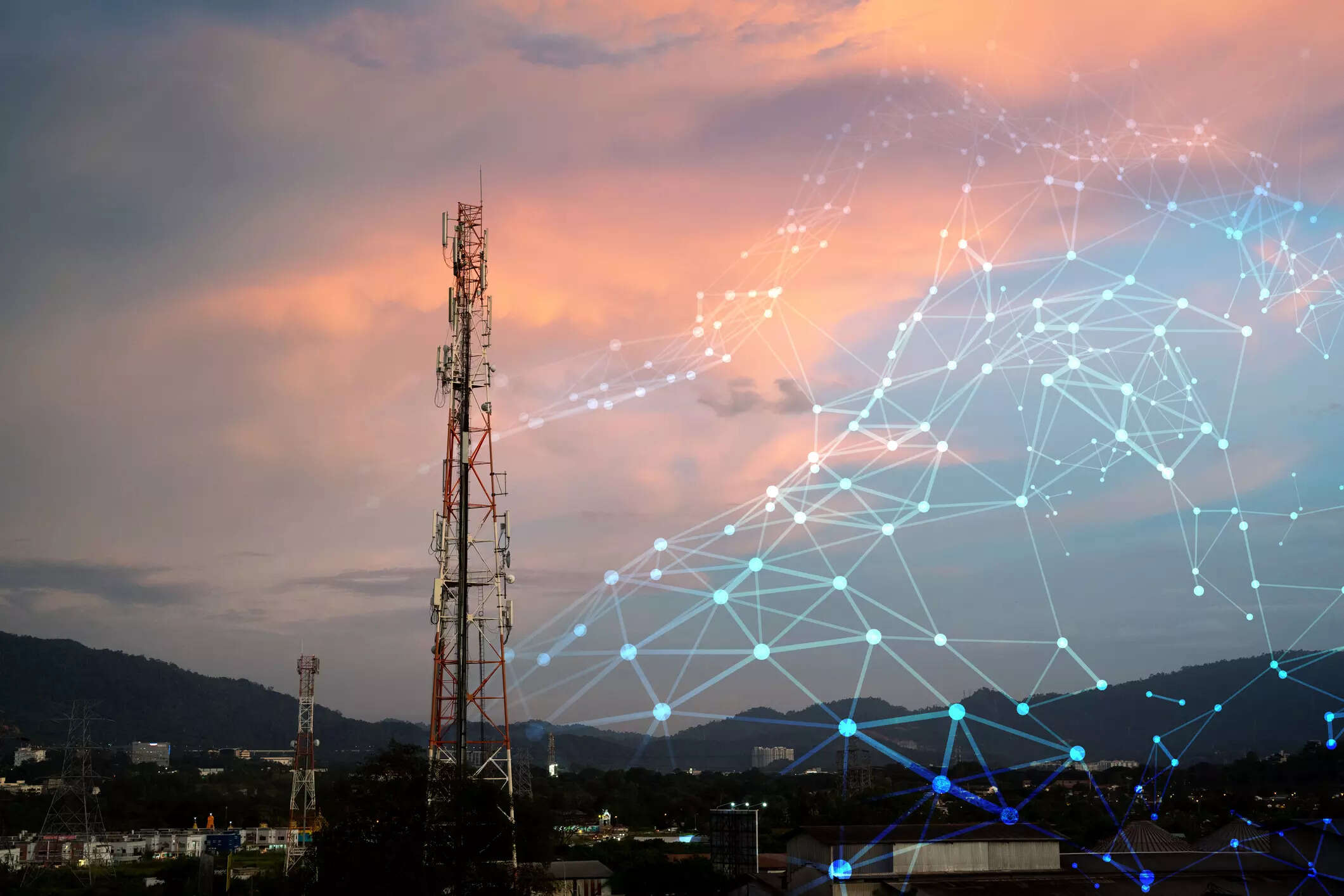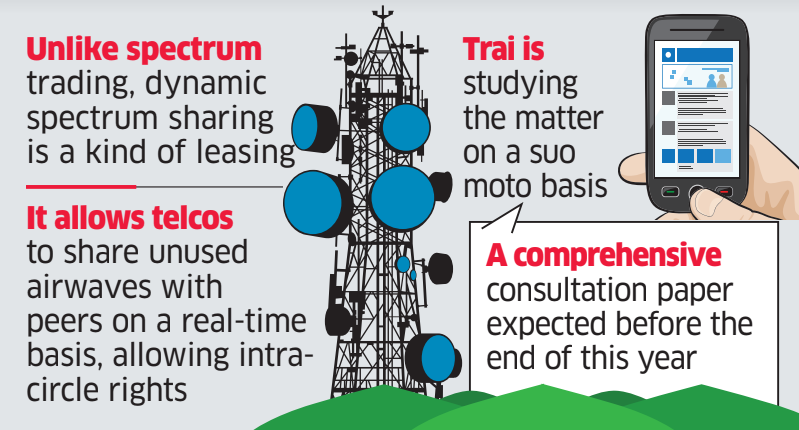
NEW DELHI: The Telecom Regulatory Authority of India (Trai) is preparing a consultation paper on whether and how to relax current rules on spectrum sharing between mobile phone companies to ensure more efficient use of the scarce natural resource and provide additional revenue to carriers.
“Trai is coming out with a consultation paper on dynamic spectrum sharing to enable telecom operators to leverage evolving technologies and monetize airwaves, and discourage idle airwaves,” a senior official told ET. The official added that dynamic spectrum sharing would also facilitate faster 5G deployments.
Unlike spectrum trading, dynamic spectrum sharing is a type of leasing and allows telecom companies to share their unused airwaves with their peers in real time, enabling intra-circle rights, experts say.
Currently, only two telcos are allowed to share spectrum between them in a Licensed Service Area (LSA) where both have and use spectrum in the same band. Spectrum sharing is not allowed if both telcos have spectrum in different bands. Therefore, spectrum leasing is not allowed.
Trai believes that the current rules may need to evolve and is studying the matter on a suo moto basis.
The regulator is expected to come out with a comprehensive consultation paper before the end of this year and may seek advice on whether or not to allow and the mechanisms to allow telecom carriers to use all frequency bands without restrictions, within a circle, with a technology agnostic approach
“So, for example, a telco that has unused ether at a certain time of day or night should be able to share it with any other operator in real time,” the official said. This could be through temporary pacts between multiple telcos to use the spectrum dynamically, based on their capabilities and usage levels.
Once allowed, the new framework can look at dynamically monitoring resource allocation, network capacity, user behavior and usage timeslots, and can be scaled down to micro-levels such as area and time-sharing.
This would allow much more efficient spectrum utilization between two or more telcos that can use the same frequency bands and monetize such an active lease.
“Unlike sharing between licensed entities or assisted sharing, dynamic sharing could provide telecom service providers with a new revenue stream,” the official said.
Experts believe that dynamic spectrum sharing would be a step in the right direction, but the regulator would also look at the challenges such as active monitoring, revenue sharing and compliance.
Mahesh Uppal, a telecom analyst and director at ComFirst India, said that in the current competitive scenario, it is imperative to share spectrum dynamically, which is quite possible with the rapidly evolving technologies.
“Spectrum is a finite and tangible resource, and the broader goal is to use it effectively. If spectrum is allocated solely to a single entity and not used optimally, it is nothing less than a waste of natural resources,” he said.
However, Uppal said it would also be necessary to revise the existing license terms as they are based on the exclusive allocation of spectrum to a single entity.

